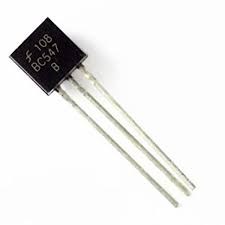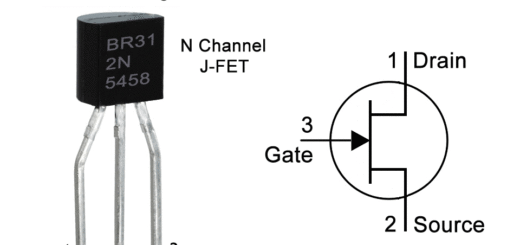

It was a joint development of the then-popular BC107. If you are designing a PCB or Perf board with this component then the following picture from the Datasheet will be useful to know its package type and dimensions.BC547 first appeared on the market of electronic radio components in April 1966, thanks to Philips (Holland) and Mullard (UK).
BC547 TRANSISTOR PINOUT DRIVER

The BC547 Transistor is a general-purpose N-P-N transistor.

Note: Complete technical details can be found in the BC547 SMD datasheet given at the end of this page. Operating and Storage Junction Temperature Range -65 to +175 ☌.Operating Junction Temperature Max (Tj): 175 ☌.Maximum Collector-Base Voltage |Vcb|: 45 V.Continuous Collector current (IC) is 100mA.As you already may know, a transistor is a current controlled device so when base current is removed the transistor becomes fully off, in this stage the transistor is working in its Cut-off Region and the Base Emitter voltage could be around 660 mV.Įlectrons emitted from the emitter into the first PN junctionĮlectrons Emitted from Emitter Collected by the Collector When this transistor is in biased condition, it can allow a maximum current of 100mA across CE(Collector Emitter) Junction, this state of the transistor is called the saturation state, and driving a load that consumes more current than 100mA may damage the device in this condition. The maximum base current is limited to 5mA and the collector-emitter current for this device is 100mA, more than this value could damage the device. The max gain of this transistor is 800, which determines the amplification factor of the device. When a positive voltage is applied to the base pin, the transistor will turn on.

BC547 is an NPN transistor so when no power is applied to the base, the collector and emitter will be left open (Reverse biased). It can be used as a small signal switching transistor. The BC547 is an SMD SOT23-3 package NPN Transistor with VCE of 45V and a collector current of 100mA.


 0 kommentar(er)
0 kommentar(er)
